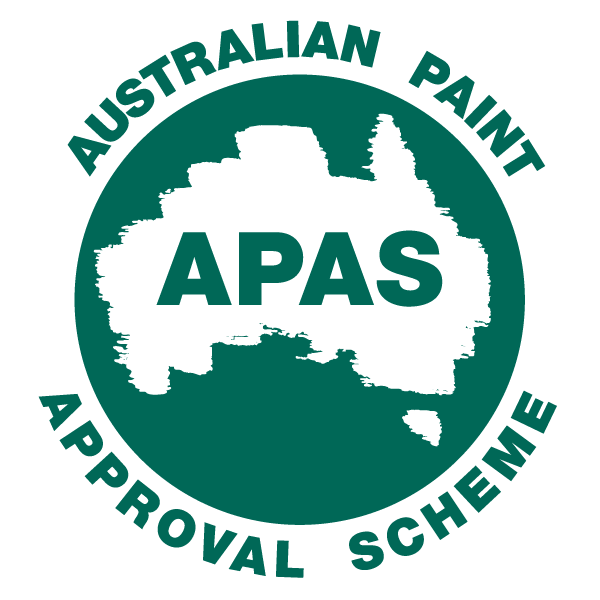History
APAS originated from the Defence Paint Committee, set up in 1943 to provide quality assurance for paint purchased for Defence Department requirements in time of shortages of imported raw materials.
It was renamed the Commonwealth Paint Committee (CPC) after World War II and expanded to include other Commonwealth departments when the scheme was recognised as having wider benefits.
In the mid-1960’s, several State Government paint purchasers who recognised the cost benefits of the scheme were permitted to join. Subsequently, all State Governments were invited to participate in the approvals scheme and over the intervening years, all states and territories have progressively joined the scheme.
The CPC was completely restructured in 1970 to an “onus of proof” scheme, in which the evidence for approval was largely provided by the manufacturer. This essentially relieved the Commonwealth Government of the costly role of testing for product approval, which was at that time outsourced to the paint industry.
The Approval Scheme Secretariat was administered by the Department of Supply until 12 June 1974, when responsibility was transferred to the Minister for Manufacturing Industry.
On July 1, 1974 the scheme was renamed the Government Paint Committee (GPC) and responsibility was assumed by the Minister for Defence.
Between 1974 and 2004, various Commonwealth Government departments assumed responsibility for the Scheme, from Defence, to Housing & Construction, to Industry Tourism and Resources to Australian Government Analytical Laboratories. Funding for the Scheme was provided under Budget Appropriation Bills and use of the Scheme (in tender documents and painting specifications) was freely available to all users.
In January 1996, the name was changed from the Government Paint Committee to the Australian Paint Approval Scheme (APAS), still under the management of the Scientific Services Laboratory (SSL) in Salmon Street Port Melbourne. On July 1 2004, the administration of the Scheme was transferred to the CSIRO. Concurrent with the move to the CSIRO, funding for APAS changed from being the sole responsibility of the Commonwealth Government, to being the shared responsibility of the various Commonwealth and State Government Departments that use the Scheme and coating manufacturers who participate in the Scheme, in the belief it was in the public interest that the Scheme continue to operate.
APAS Overseas
Since the early 1990’s the Commonwealth Government had a Memorandum of Understanding with Telarc in New Zealand that they would manage an extension of the Scheme in that country. The MoU was satisfied part of the Harmonisation of Activities agreement between the two countries. However, by the early 2000’s it became evident that, with the widespread use of computers across the industry, direct management by APAS officers would yield better results for NZ stakeholders and SSL resumed direct control of the Scheme.
In 1997, with the removal of the mandatory requirement for NATA accreditation of paint manufacturing laboratories, the way was opened for overseas manufacturers to apply for APAS certification and supply of their products to government departments. APAS is now active in eight countries – Australia, China, Vietnam, Malaysia, India, Germany, Denmark & Belgium.
